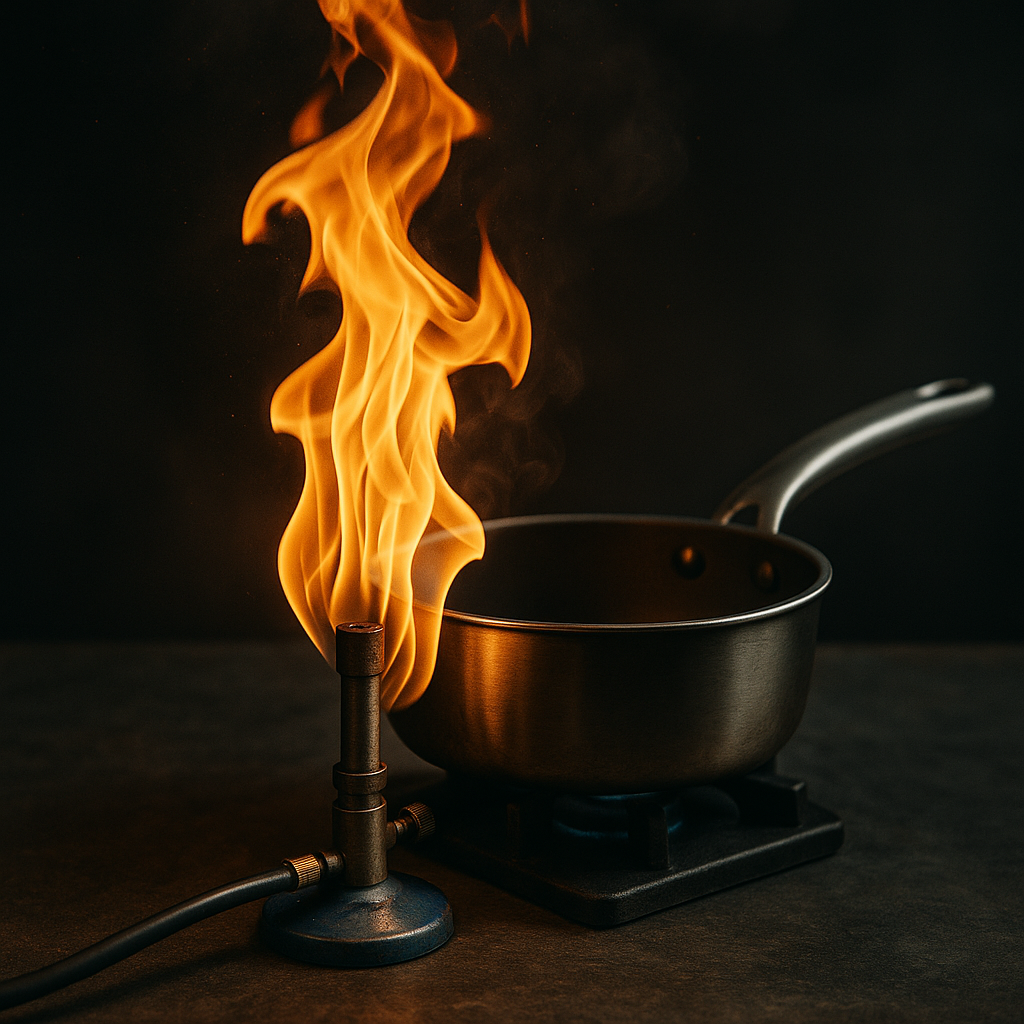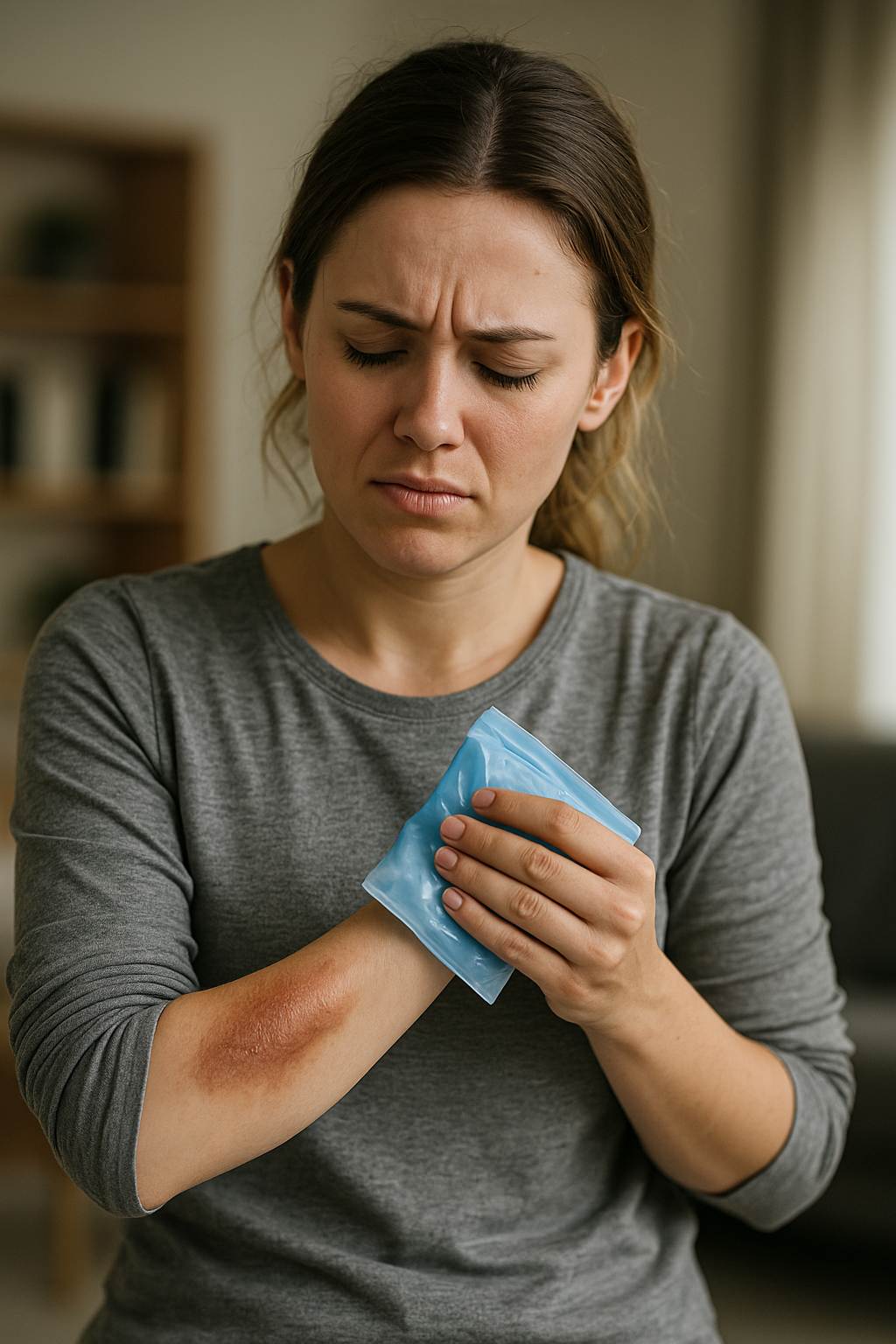How Burn Injuries from Defective Products Lead to Lawsuits in Washington
Burn injuries caused by defective products can change a person’s life in seconds. From scalding hot appliances to exploding batteries, these accidents can leave permanent physical and emotional scars. In Washington, victims of product-related burns may be able to file a product liability lawsuit to recover damages.
Common Products That Cause Burn Injuries
Some of the most common sources of defective product burns include:
- Kitchen appliances that overheat or short-circuit
- Batteries in phones, e-bikes, or vapes that catch fire or explode
- Children’s toys that melt or overheat
- Heating pads or electric blankets that malfunction
- Chemical cleaners or aerosols with flammable ingredients
Many of these products are mass-produced and sold without proper warnings, or they pass through supply chains without adequate safety checks.
What Is a Defective Product?
Washington law recognizes three types of defects:
- Design defects: The product is inherently dangerous due to its design, even if used correctly.
- Manufacturing defects: A flaw occurred during production, making a specific unit or batch unsafe.
- Failure to warn: The manufacturer did not provide adequate safety instructions or warnings about potential hazards.
Any one of these may be grounds for a lawsuit if the defect leads to a burn injury.
Proving Liability in Washington
To file a successful product liability claim, the injured party must typically show:
- The product was defective.
- The defect caused the burn injury.
- The product was being used as intended or in a reasonably foreseeable way.
- The victim suffered actual harm (medical bills, lost wages, pain, etc.).
Washington follows a strict liability standard, meaning a manufacturer may be held responsible even if they were not negligent—as long as the product was defective and caused injury.
What Damages Can Be Recovered?
Victims of burn injuries may be entitled to compensation for:
- Emergency medical treatment and long-term care
- Lost income and diminished earning capacity
- Permanent scarring or disfigurement
- Emotional trauma and psychological counseling
- Pain and suffering
In some extreme cases, punitive damages may also apply if the manufacturer knowingly ignored safety risks.
Time Limits and Legal Action
In Washington, the statute of limitations for product liability claims is usually three years from the date of injury. It’s important to act quickly, as evidence can disappear, and deadlines can pass without warning.
Hiring an experienced personal injury attorney can help gather expert testimony, preserve product evidence, and deal with insurance companies.



